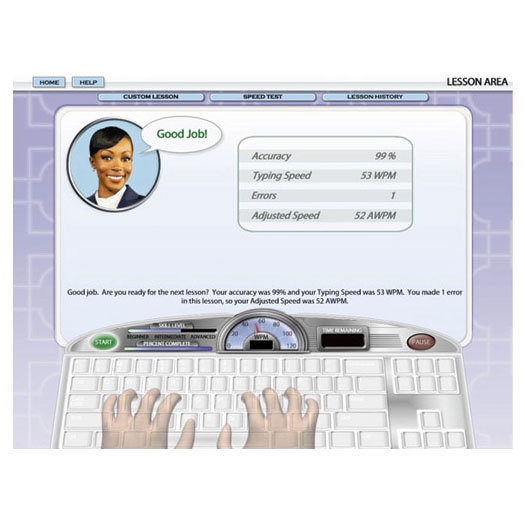

#Beacon designer 8.10 crack free#
The fluorescence versus temperature profiles of the molecular beacon that were used in this example indicate that the molecular beacon is suitable for assays that are performed below 55 ˚C, because below 55 ˚C the free molecular beacons remain dark, yet the probe-target hybrids form spontaneously and are stable. It is important to note that the probe-target hybrid melting temperature can be adjusted independently from the melting temperature of the stem by selecting a target region of appropriate length. The longer the probe and the higher its GC content, the higher the melting temperature of the probe-target hybrid. The temperature at which the probe-target hybrid melts apart depends upon the GC content and the length of the probe sequence. At low temperatures, the probe-target hybrid remains brightly fluorescent, but as the temperature is raised the probe dissociates from the target and tends to return to its hairpin state, diminishing the fluorescence significantly. How the fluorescence of the probe-target hybrid varies with the temperature is indicated by the red fluorescence versus temperature trace. If a target is added to a solution containing a molecular beacon at temperatures below the melting temperature of its stem, the molecular beacon spontaneously binds to its target, dissociating the stem, and turning on its fluorescence. The temperature at which the stem melts depends upon the GC content and the length of the stem sequence. However, at high temperatures the helical order of the stem gives way to a random-coil configuration, separating the fluorophore from the quencher and restoring fluorescence. As shown by the green fluorescence versus temperature trace below, at lower temperatures molecular beacons exist in a closed state, the fluorophore and the quencher are held in close proximity to each other by the hairpin stem, and there is no fluorescence.

Whether the need is to incorporate sets for some of the templates, or include reference or housekeeping genes for normalization purposes in the assay, Beacon Designer is fully equipped.In order to design molecular beacons that function optimally under a given set of assay conditions, it is important to understand how their fluorescence changes with temperature in the presence and in the absence of their targets. Primer efficiency is enhanced by designing them in template-structure-free regions.įor multiplexing, Beacon Designer screens millions of primer probe combinations to design primer probe sets for single tube multiplex reactions. Primers are designed avoiding regions of significant homology, identified by automatically interpreting BLAST search results. Beacon Designer uses the sophisticated algorithms to ensure assay success. Premier claims that, Beacon Designer can design SYBR ® Green primers, TaqMan® probes, LNA spiked TaqMan® probes, FRET probes or molecular beacons for real time qRT-PCR and NASBA ® assays.īeacon Designer also enables the design of compatible probes for SYBR ® Green assays. "We are particularly pleased with the biologist designed user interface and comprehensive support for multiplexing." "With the release of Beacon Designer Version 5.10, Premier Biosoft International has taken a step further in making a comprehensive, sophisticated and powerful qPCR oligo design tool available to thousands of labs all over the world," says Kay Brown, V.P. Beacon Designer is their oligo design tool for real time qRT-PCR. Premier Biosoft International has announced the release of version 5.10 of Beacon Designer with advanced support for multiplexing, crucial for diagnostic assay development.


 0 kommentar(er)
0 kommentar(er)
